The world of plants is very fascinating. We see a variety of plants around us. Human beings, other animals and plants are the living organisms that exist on Earth. Plants are adapted to nearly every environment on Earth. Some grow in frigid, ice-bound polar regions and others grow in hot, dry deserts. All plants need water, but some plants cannot live unless they are submerged in either freshwater or saltwater. Plants range in size from microscopic water ferns to giant sequoia trees that are sometimes more than 100 meters in height. Most have root-like structures that hold them in the ground or onto some other objects like a rock or another plant. So, it can be said that plants:
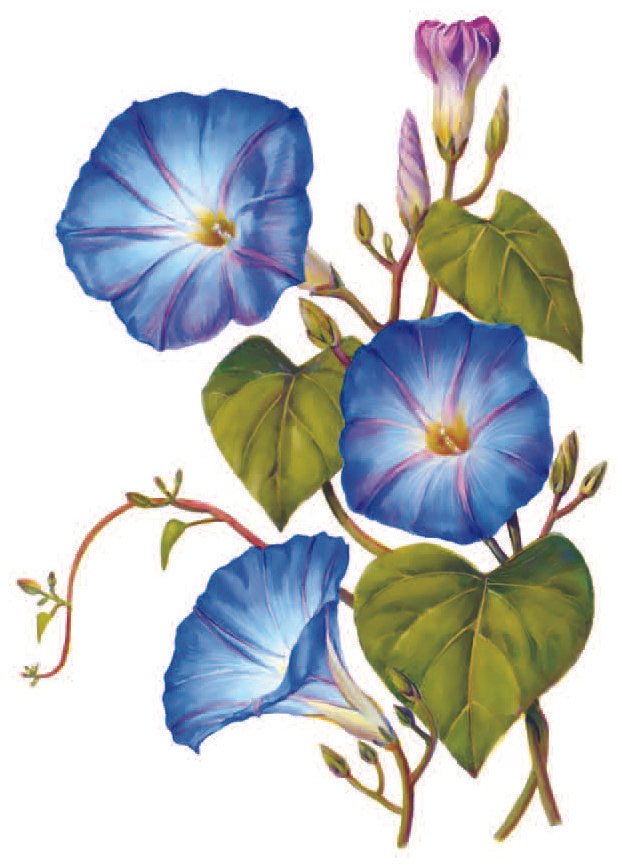
• are found on land and in water bodies.
• need water to grow healthy.
• are the sole source of food for all living organisms.
What are plants?
Plants are the only organisms able to sustain themselves by producing their own food. In turn, they provide food for animals and humans, through the food chain. Plants are characterized by the following features:
• Their unlimited growth throughout their lifespan (their embryonic tissues or throughout)
• Their photosynthesis method of preparing food
• Their cells contain cellulose in their walls (this makes plant cells more or less rigid)
• They lack the organs of locomotion, sensory and nervous system.
Difference between plants and animals
Plants have one common characteristic that makes them different from animals. Plants, such as trees, flowers, fruits and vegetables, produce chlorophyll, a substance that allows them to convert solar energy into nutrition, or food. On the other hand, animals, as well as humans, obtain their nutrition either by consuming plants or other animals. However, there are some plants that are not able to use sunlight and soil to produce their own source of energy. For example, Moulds are parasites that obtain their energy directly from the plant or animal they live on—their host. Furthermore, plants such as Moulds do not reproduce through seeds; they reproduce by creating spores.
Plants have taken a relatively short time in the history of our planet to evolve into a diverse group. The great plant communities have, in turn, helped the evolution of insects, fungi and vertebrates. Over 270,000 species of plants have been identified and classified so far, but scientists believe that there are millions more waiting to be discovered.
Classification of plants
There are different kinds of plants around us. They vary in sizes, shapes, colours, smell, places of growth, etc.
Category I
On the basis of their sizes and types of stems, plants can be classified into the following categories:
Trees

Some plants are very tall, and have hard and thick brown stems. These stems have branches in the upper part, much above the ground. Such plants are called trees.
Herbs
The plants with green and tender stems are called herbs. They are usually short and may not have many branches.

Shrubs

Some plants have the stems branching out near the base. The stem is hard but not very thick. Such plants are called shrubs.
Climbers
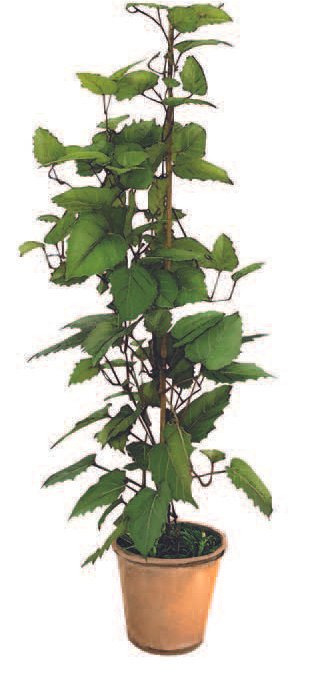
The plants with weak stems that take support on neighboring structures and climb up are called climbers.
Creepers

The plants with weak stems that cannot stand upright and spread on the ground are called creepers.
Catergory II
Other than the above classification, plants can also be categorized as flowering plants and non-flowering plants. They are divided into groups based on the traits they have in common. Scientists change the way plants are classified from time to time, when they discover new types of plants or learn new things about plants.
The two main groups are:
Vascular plants
The plants that use stems and veins to transport food and water are vascular plants.
Vascular plants can be divided into smaller groups, one of which is a seed plant. This group includes flowering and non-flowering plants.
Flowering plants include monocots (one-seed leaf)and dicots(two-seed leaves). All green plants that have flowers are called flowering plants. Scientists have grouped these according to the number of seed leaves found in each plant.
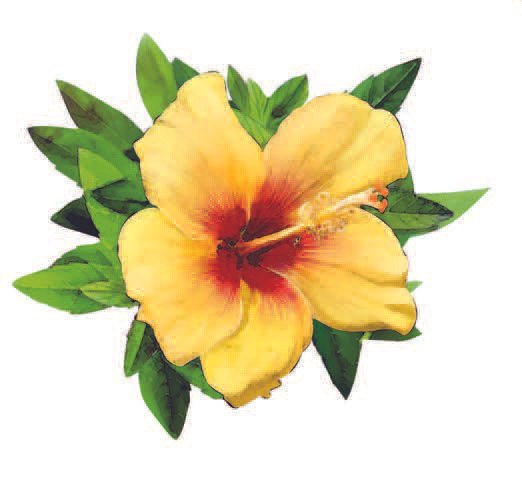
Dicot seeds usually have two cotyledons that are attached to and enclose the embryonic plant. A monocot has a single thin cotyledon that functions to transfer food from the endosperm to the embryo.
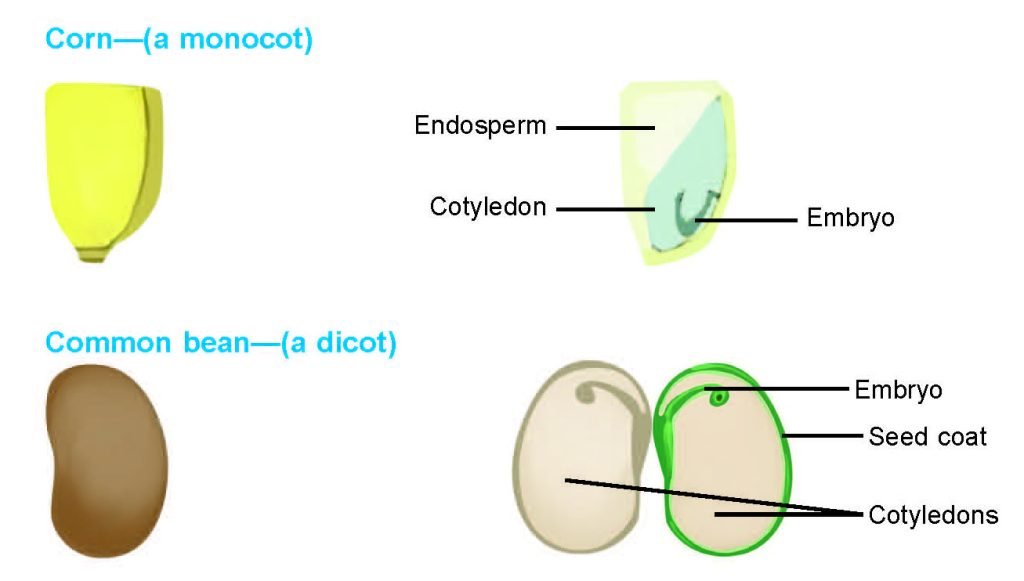

The plants without flowers are called non-flowering plants or gymnosperms. While they do produce seeds, the seeds are not enclosed in a flower (and eventually fruit). Non-flowering plants are very common, and include evergreens (conifers), cycads and ginkgo. Popular types of conifers include fir and pine trees.
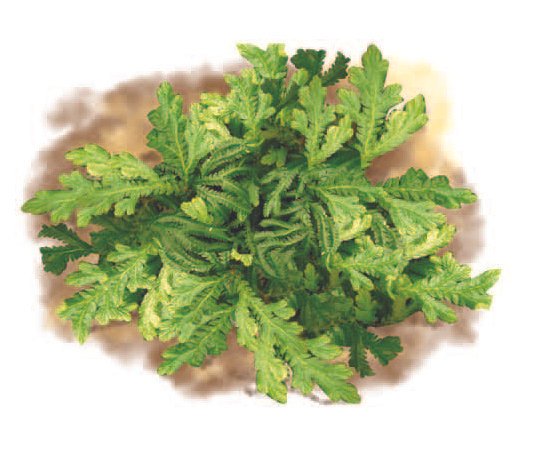
The main difference between flowering and non-flowering plants is their method of plants rely on dispersion to continue their life-cycle.
Non-vascular plants
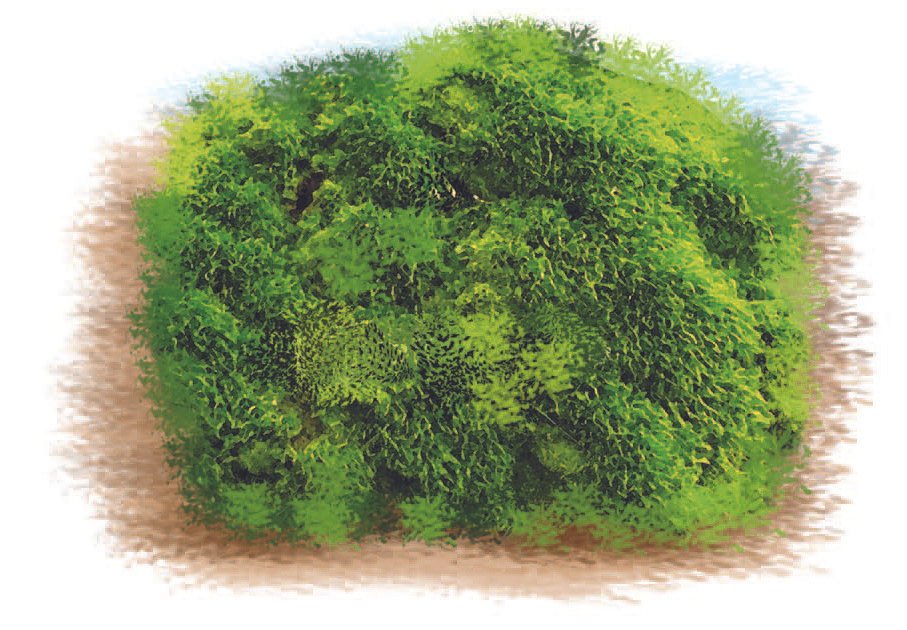
The plants with no roots, stems or leaves are non-vascular plants. Example: moss.
Structure of plants
There is an infinite variety of plants. The difference among the various plants can be identified on the basis of: their root systems, their shoot systems and their arrangement of leaves.
But all plants share certain common features. Plants, in spite of their diversity, have the same architecture. Plants grow at the tips throughout their life. All parts of plants have an outer covering.
All plants transport water and nutrients upwards from the roots. All plants conduct food produced in the leaves to the other parts.
Parts of plants
A plant generally has a root system and a shoot system. There are some plants that do not have distinct root systems or shoot systems.
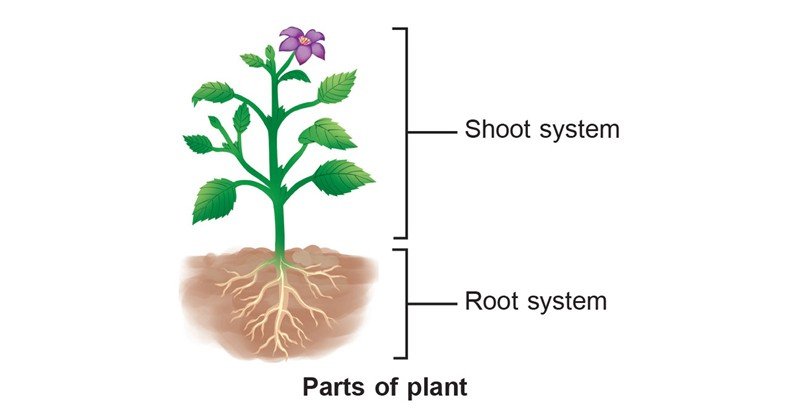
Root system
Roots fix a plant in the soil, absorb water and nutrients from the soil, and store sugars and starch for future use.
All plants have roots, but all roots are not the same. Pull out a bean plant and some tufts of grass. Compare their roots. The root of the bean plant is long and tapering. It has small branches of roots and root hair. They are called tap roots.
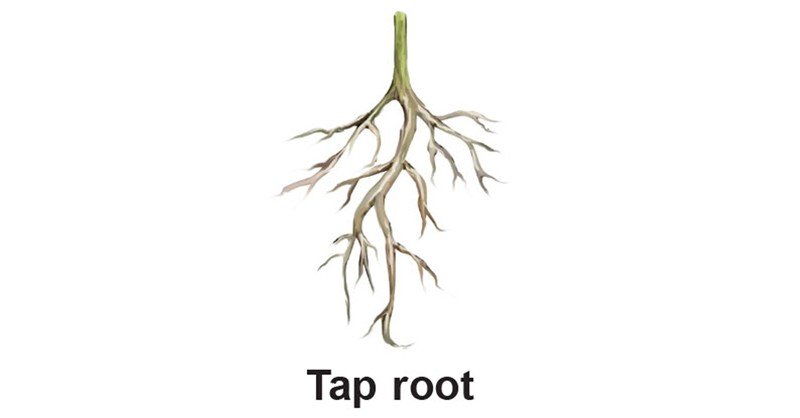
A taproot system has one central root from which smaller, lateral roots branch out. Roses, carrots and apple trees are the examples of the plants with taproot systems.
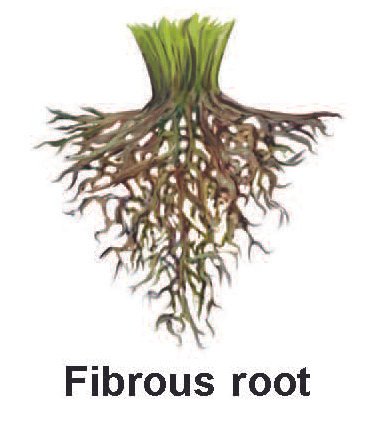
Grasses have no main root or taproot. The roots of grass are bunched together and spread out horizontally. They are called fibrous roots.
In a nutshell, a root can be:
• long as in a bean plant (tap root system).
• bunched at the base and grow laterally as in grasses (fibrous root system).
• swollen as in a carrot (modified root system).
• growing from the branch to the ground as in a banyan tree (aerial root system).

Functions of roots
Roots are important to plants because of the following functions:
• Roots fix plants to the ground.
• Roots absorb water and nutrients from the soil.
• Roots fix the soil and provide additional support (in some plants).
• Some plants store food in their roots. These types of roots can be eaten.
Shoot system
The shoot of a plant can be considered as the portion that is generally above the ground, lies above the seeds.
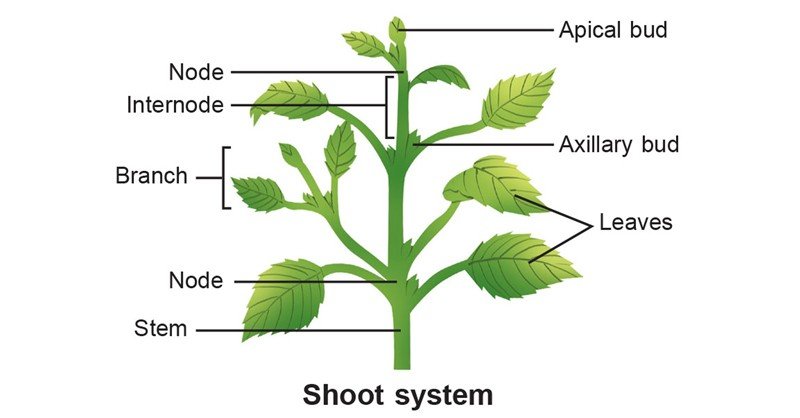
The shoot system of a plant consists of both the stem and the leaves.
The stem provides the framework to position the leaves properly. Flowers, fruits and seeds are formed on the shoots.
Stem
The stem is the link between the roots and the leaves and flowers. It generally holds the plant upright.
The stem of a tree is called the trunk. The trunk is the strongest part of a tree, covered with bark which protects the inner parts of the tree. Some plants have weak stems.
Stems have the following parts to perform various functions:
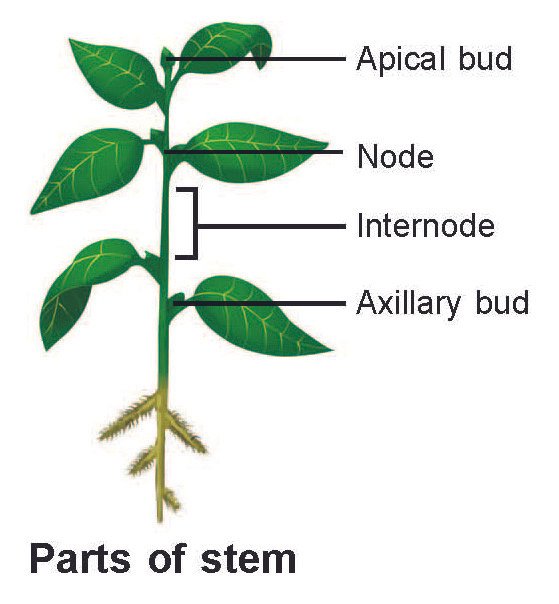
1. Nodes are the places where the leaves are formed.
2. Internodes are the portions (the intervals on the stem between the nodes) between the nodes.
3. Buds are small projections from which shoots, leaves or flowers develop.
4. Axil is the angle between a leaf and the stem to which it is attached.
5. Terminal bud is the growing portion of the plant at the apex of the shoot.
By the continued development of this bud and its adjacent tissues, the stem increases in height.
Functions of the stem
• It provides support and a framework to the plant.
• It helps leaves to face the sun.
• It houses the twin transporting channels.
• Some plants store food in their stems, that can be eaten.
The twin transporting channels in plants
The vascular plants have an efficient system to conduct water and nutrients from roots and carbohydrates (food) prepared in the leaves to all parts of the plant through two separate tubes or channels.
The two channels have specialised cells and run parallel to each other. The fluids flowing through the two channels never get mixed. Water and nutrients (in solution) are used by the leaf to prepare food and the sugar molecules manufactured in the leaves are used for growth.
The modified stem—Is it root or stem?
This grows underground. But this is actually a stem.

Cactus—Is it stem or leaf?
Cactus is green. But it is not a leaf. It is a modified stem.
• The stem of cactus stores food.
• It stores water for long periods.

• It synthesises food.
• It has spines to reduce transpiration. Spines are actually leaves.
The cactus stem shows the modification required for survival in hot and dry places.
Leaf
A large plant or a big tree has hundreds of leaves. A leaf grows on the stem or branch of a plant. Leaves are often the most abundant part of a plant. We often identify plants by the shape and colour of their leaves. Leaves come in a wide variety of shapes, sizes, and colours.
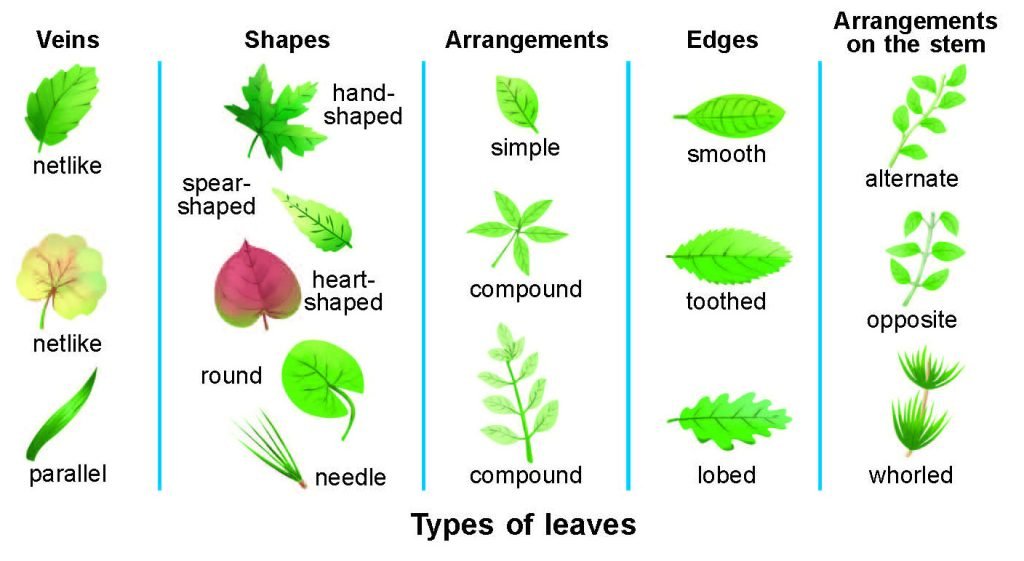
Parts of a leaf
Blade:The blade, or lamina, is the broad, flat part of the leaf. Photosynthesis occurs in the blade, that has many green food-making cells.
Petiole:The petiole is the stem-like part of the leaf that joins the blade to the stem.
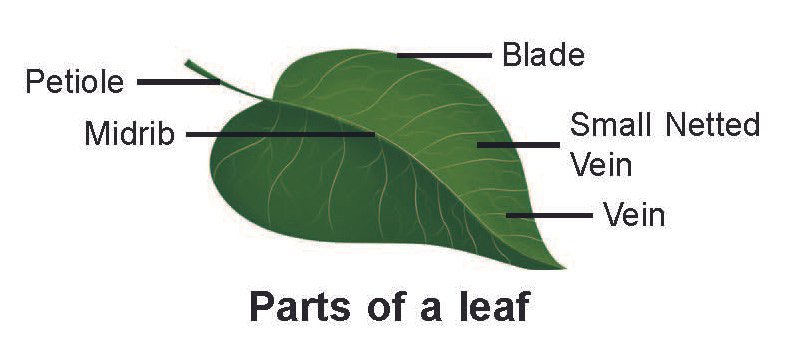
Midrib:The midrib is the main, central vein of the leaf.
Stipules:The stipules are two small flaps that grow at the base of the petiole of some plants.
Veins: The veins are on the underside of the leaves. The arrangement of the vein in all the leaves is not the same. Veins may be parallel or a network.
Functions of leaves
• They make food with the energy of sunlight.
• Leaves perform photosynthesis, resulting in the production of sugar.
• They provide air to the plant.
• They regulate the moisture (transpiration) in a plant.
Transpiration
Transpiration involves the movement of water into the roots along xylem vessels and finally through the leaf cells to be evaporated. This evaporation or transpiration takes place through the stomata. Transpiration acts like a suction pump that draws water from the roots against gravity up the xylem tubes to the leaves. This pressure is enough to transport water to the top of the tallest tree.
Flowers
Flowers produce seeds that form new plants. Plants use flowers to reproduce (make more of themselves). The job of a flower is to produce a fruit, which contains seeds. Flowers are used by humans to add beauty to outdoor and indoor areas, and some flowers can also be eaten.

The important parts of a flower are:
Sepal: It is a modified leaf that forms the outer whorl of a flower. It is mostly green in colour and protects the flower bud.
Petal: The second whorl of modified leaves, usually brightly coloured to attract pollinators to visit the flower.
Stamens: One or two whorls of highly modified leaves form the stamens. Stamen is the male reproductive organ of the plant that produces pollen. It consists of a filament and an anther.
Stigma: It is at the top of the style and is coated with a sticky substance to trap the pollen grains that fall on it.
Style: It is a tube-like structure in the centre of a flower that supports the stigma.
Pistil: It is composed of one or more separate or fused carpels (leaves). The terminal parts of leaves form the stigma that receives the pollen during pollination.
Whorl of a flower
A whorl is a circular arrangement of flower parts around a point on an axis.
How plants make food
Leaves are called the food factory of life on Earth. Each part of a plant is an amazing demonstration of an efficient organisation. The leaf has the most efficient organisation.
Leaves are the sunlight-capturing part of the plant. With the help of this sunlight, leaves produce food. This whole process of producing food by leaves with the help of sunlight is called photosynthesis.
Photosynthesis
Photosynthesis is a complex chemical process that takes place in the leaves of plants to manufacture carbohydrates for their food.
The raw materials of photosynthesis are: carbon dioxide from the air (taken in through leaves) and water (usually from soil) taken in through the roots. Sunlight is the energy source and chlorophyll or green pigment provides the energy required to carry out photosynthesis.
Chlorophyll
Most plants have green leaves. Leaves look green because they contain a colouring pigment called chlorophyll. Plants use chlorophyll to capture the light energy of the sun and store that energy as sugar. Chlorophyll is found in the chloroplasts of leaves.
The green chlorophyll molecule bears a striking resemblance to haemoglobin (the red pigment in blood that carries oxygen). Plants use chlorophyll to derive energy from sunlight through a complex series of chemical reactions (photosynthesis).
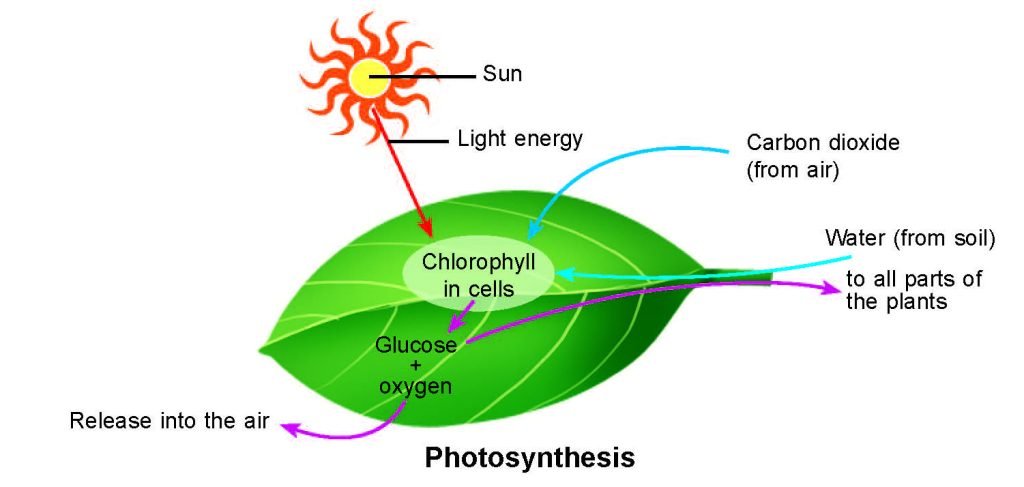
Chemical process of photosynthesis
Water is first broken down to oxygen (which is released to the atmosphere) and hydrogen by photosynthesis (breaking down by light). Hydrogen then reduces carbon dioxide to simple sugars containing hydrogen, carbon dioxide and oxygen.
Photosynthesis is a complex process taking place in many stages, but the reaction can be summed up by the simple equation:

Why are plants important?
Plants play a critical role in the ecosystem. During photosynthesis, plants convert carbon dioxide into oxygen, which is vital for humans and other animals to stay alive. Also, the moisture that evaporates from the leaves of plants accounts for 10 per cent of the water in the atmosphere. Plants are also an important source of nutrients for humans and animals. Even if the animal itself does not eat plants, something it eats will eat plants.

Plants are an important source of income worldwide. People earn income by growing and selling materials that come from plants. Many other careers involve working with plants as well. Farmers, landscapers, and forest rangers must know a great deal about plants, so must chefs, textile designers, home and boat builders, botanists and numerous other professionals.

